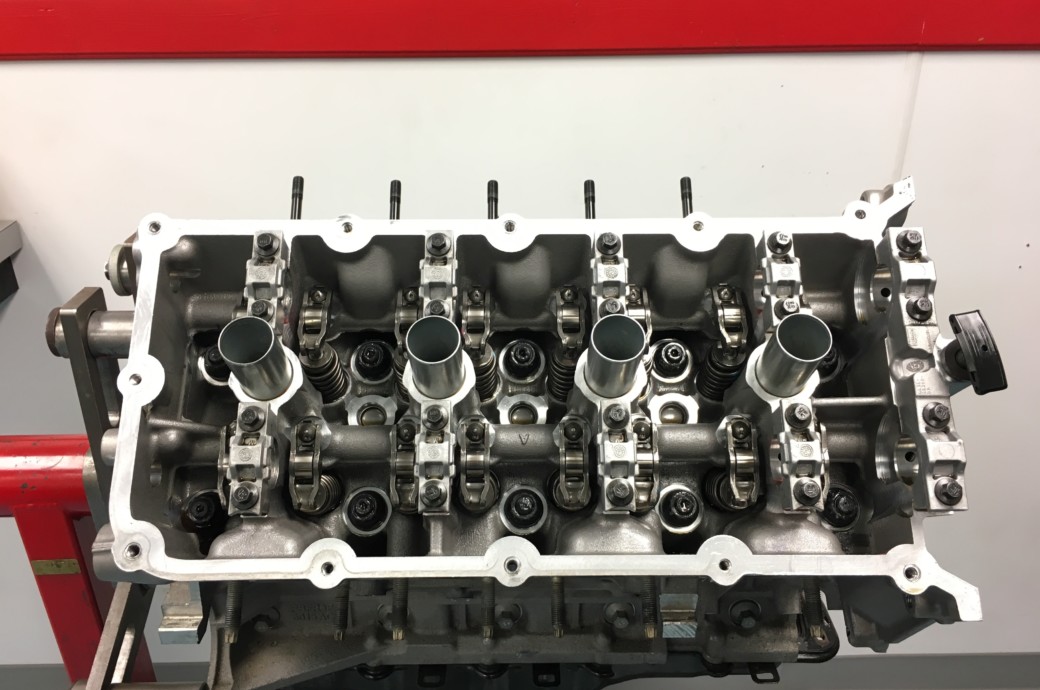 34 Photos
34 Photos
The  Network
Network

Dual overhead camshafts, variable valve timing, and other valvetrain issues can tax the oil.
Direct injection comes with its own set of challenges such as LSPI and dilution.

Build your own custom newsletter with the content you love from Street Muscle, directly to your inbox, absolutely FREE!